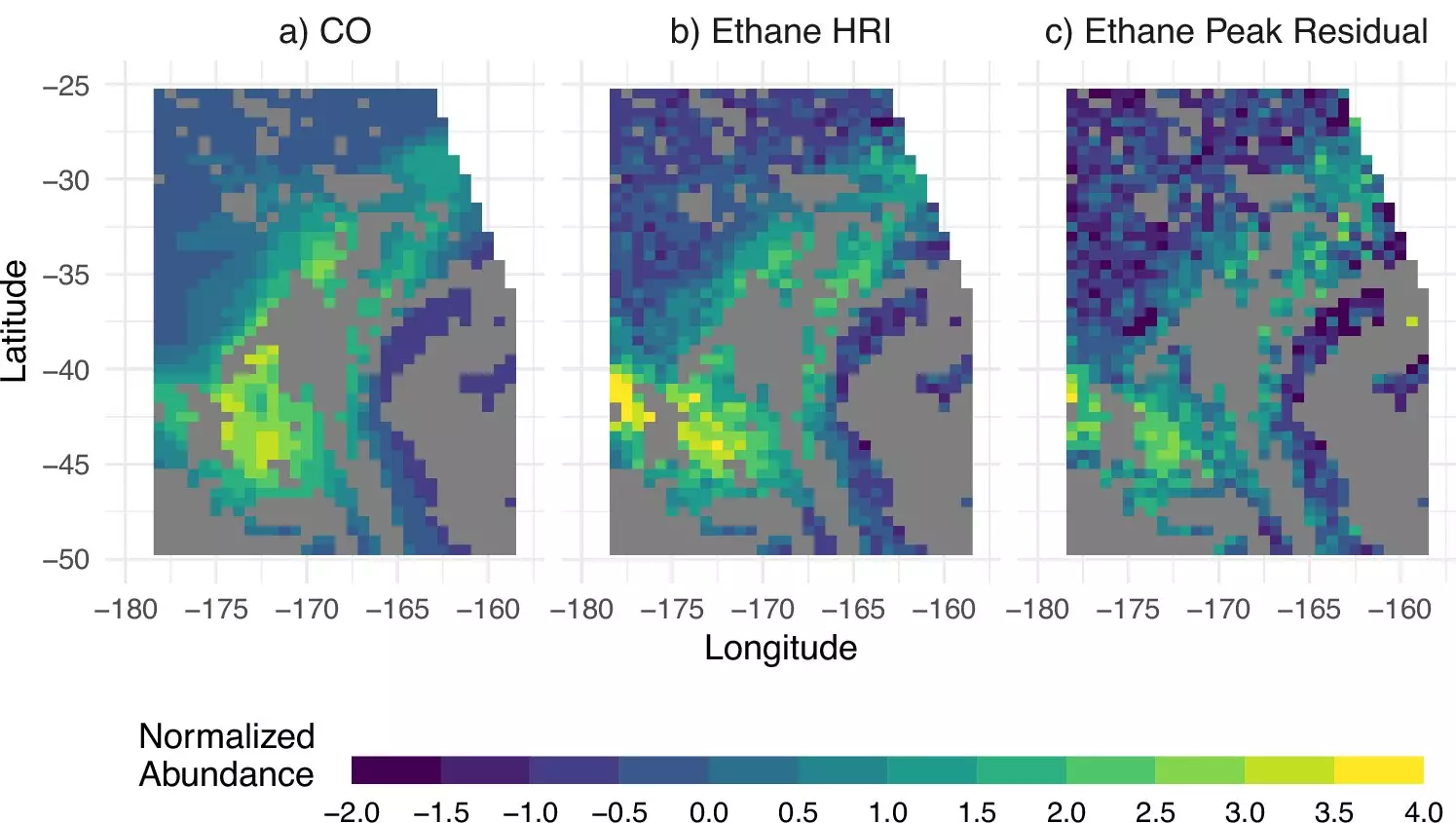In a recent study published in Nature Communications, researchers from the University of Minnesota have introduced a groundbreaking tool to measure ethane emissions from space. Ethane, a component of natural gas, plays a significant role in the production of plastics and is closely linked to fossil fuel emissions. This innovation marks a significant advancement in understanding and monitoring the impact of oil and gas extraction on air quality and climate change.
The team of researchers utilized a satellite-based instrument to detect the infrared radiation emitted by Earth as it traverses through the atmosphere and escapes into space. By analyzing the interaction of this radiation with gases in the atmosphere, they were able to accurately quantify the abundance of ethane and other pollutants. This method provides a crucial insight into the sources of ethane emissions, which are often intertwined with other pollutants that make them challenging to distinguish.
The study revealed that the Permian Basin in western Texas and southeastern New Mexico exhibited the highest concentration of ethane emissions globally. This particular basin accounted for a substantial portion of global fossil fuel ethane emissions, highlighting the significance of monitoring emissions from specific regions. Furthermore, the research indicated that ethane emissions from the Permian Basin were underestimated by a considerable margin, emphasizing the need for improved monitoring and mitigation strategies.
The researchers employed a machine learning algorithm to analyze the satellite data and map ethane concentrations over various oil and gas basins worldwide. This approach enables the identification of emission hotspots and facilitates targeted interventions to reduce pollutants effectively. Additionally, the team plans to develop tools that will ensure continuous monitoring of ethane emissions into the next decade, allowing for longitudinal analysis of emission trends and their environmental impact.
The development of a tool to measure ethane emissions from space represents a significant advancement in the field of environmental monitoring. By leveraging satellite technology and advanced data analysis techniques, researchers have gained valuable insights into the sources and distribution of ethane emissions globally. This research paves the way for more informed decision-making and targeted interventions to mitigate the detrimental effects of fossil fuel emissions on the environment and public health.


Leave a Reply